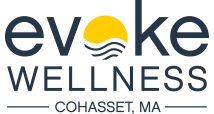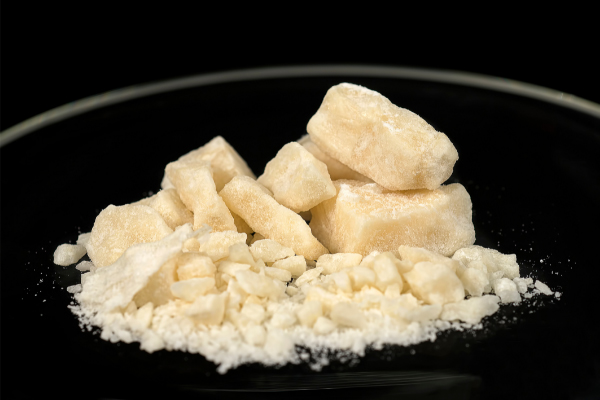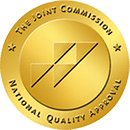The drug cocaine is produced from the leaves of the coca tree, which is cultivated in South America. As the name implies, crack cocaine is a drug derived from cocaine. The difference is that regular cocaine is a snorted powder or injected powder. Crack cocaine is created from powder cocaine by heating it with sodium (baking soda) and water. This combination becomes a boiled solution to form a solid composition like small white rocks. Crack is typically smoked through a pipe, and it cracks when burned, which is why it is called crack. Both cocaine and crack cocaine cause addiction to occur quickly but with crack, it happens even faster.
Why is Crack Cocaine More Addictive Than Powder Cocaine?
Unlike sniffing cocaine, crack cocaine enters the bloodstream through the lungs, transporting the drug to the brain in seconds. Snorting cocaine must be absorbed through the nasal passages via the skin, essentially, which takes longer for the effects to alter a person. Crack affects a person in only eight seconds. An initial inhalation or ‘hit’ of crack causes the brain to release a large amount of dopamine, creating euphoria, joy, and confidence. But unlike cocaine, the high from crack is gone after 10 minutes. Once the dopamine levels plummet, the user will feel nervous, paranoid, and depressed after the crack wears off. Crack binges often last several days, and many people don’t stop smoking crack until they run out of money, not their ability to stop using it.
How Many Americans Are Addicted to Crack?
The Substance Abuse and Mental Health Services Administration provide statistics on drug use every year. For example, they note that powder cocaine use is higher than crack cocaine use and crack affects older people more than younger people.
In 2020, among people aged 12 or older 2020, 1.9 percent (or 5.2 million people) used powder cocaine in the past year. An estimated 0.2 percent of people aged 12 or older (or 657,000 people) used crack cocaine in the past year. The percentage [of crack use] was lowest among adolescents aged 12 to 17 (less than 0.1 percent or 2,000 people). This percentage increased with age sequentially (0.1 percent of young adults aged 18 to 25 or 49,000 people; 0.3 percent of adults aged 26 or older or 606,000 people). (SAMHSA)
More Information About Crack Addiction
Crack cocaine is an extremely addictive drug that often goes hand in hand with other hard street drugs, like heroin and methamphetamine. Addicts who use these drugs run in the same circles of where to buy drugs and the crime they commit to get money for the drugs. Still, many affluent people who do not use heroin or other drugs try the crack and can’t stop. The drug crack cocaine is powerful, and almost no one can resist using it once they try it for the first time. The only solution for anyone who is addicted to crack cocaine is to quit with the help of professional crack cocaine treatment.
Many behavioral treatments for cocaine addiction have proven to be effective in both residential and outpatient settings. (NIDA)
What is Crack Cocaine Treatment?
Crack cocaine treatment programs are unique in that they address the stimulant effects on the brain. As a result, people who use crack suffer extraordinary levels of depression and continue to have cravings and memories of their drug-induced psychosis for many years once they have stopped. Our crack cocaine rehab programs are overseen by medical professionals specializing in addiction recovery from crack cocaine. We provide in-depth emotional therapy and evidence-based behavioral therapies. Among the programs we provide for people recovering from crack addiction are:
- Easy Detox
- Intensive Inpatient
- Residential Rehab
- Dual Diagnosis
Call For Help to End Addiction to Crack Cocaine Right Now
We have experience and expertise on how to help you or your loved one put down crack and other substances for good. There is no other proven method on how to end this addiction. Inpatient treatment, followed by ongoing counseling, does show the person how to enjoy life without drugs or alcohol. Call us right now.




